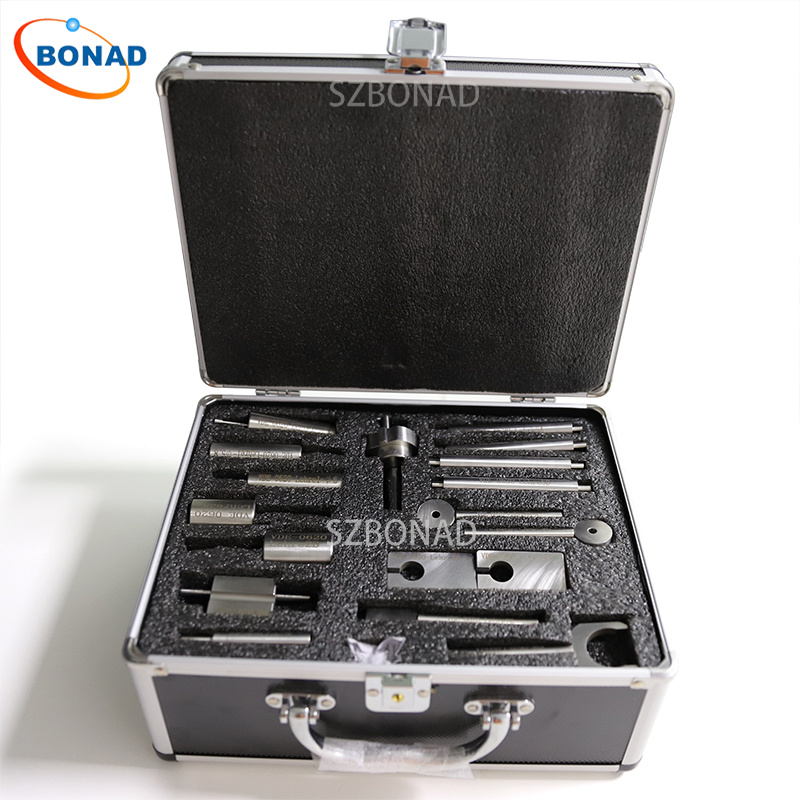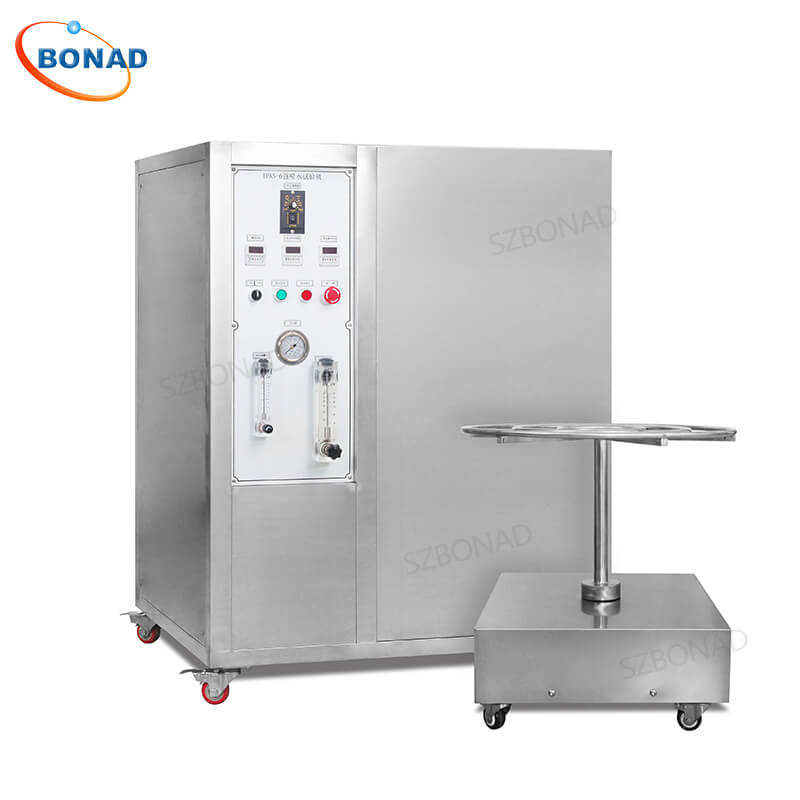Introduction
Testing equipment is fundamental across numerous sectors, including manufacturing, healthcare, environmental monitoring, and telecommunications. As sustainability becomes a higher priority for both businesses and society, focusing on energy-efficient solutions is crucial. Designing energy-efficient testing equipment systems not only reduces operational costs but also minimizes environmental impact. This article explores the importance of energy efficiency in testing equipment, examines innovative design strategies, and provides practical examples of implementation.
The Importance of Energy Efficiency in Testing Equipment Systems
Environmental Impact
Energy consumption is closely tied to greenhouse gas emissions and other pollutants. In industries that use numerous testing instruments, even small improvements in energy efficiency can lead to significant reductions in carbon footprints.
Operational Costs
Energy expenses represent a substantial portion of operational costs. Energy-efficient systems can lower electricity bills, providing a competitive advantage in cost-sensitive markets.
Regulatory Compliance
Governments and regulatory agencies are increasingly implementing policies to encourage or mandate energy conservation. Compliance with these regulations not only avoids penalties but can also offer tax incentives and other financial benefits.
Sustainability Goals
Many organizations are setting ambitious sustainability targets. Energy-efficient instrumentation aligns with these goals, enhancing corporate responsibility and brand value among consumers and stakeholders.
Key Strategies for Designing Energy-efficient Testing Equipment Systems
Use of Low-power Components
Utilizing low-power electronics is a fundamental strategy for energy-efficient design. Components such as microcontrollers, sensors, and communication modules that consume minimal energy without sacrificing performance can significantly reduce the overall energy consumption of the system.
Power Management Techniques
Advanced power management techniques can further enhance energy efficiency. Methods such as Dynamic Voltage and Frequency Scaling (DVFS), power gating, and sleep modes can optimize energy use during different operational states.
Efficient Data Processing
Efficient data processing reduces the workload on the instrument’s CPU, thereby saving energy. This involves using optimized algorithms, edge computing, and leveraging hardware accelerators to handle data-intensive tasks.
Sustainable Materials
The choice of materials also impacts energy efficiency. Lightweight and sustainable materials reduce the energy required for manufacturing and disposal of the instruments. Moreover, materials with good thermal properties can minimize the need for active cooling.
Renewable Energy Sources
Incorporating renewable energy sources like solar panels or energy harvesting technologies can supplement or fully power the instrument systems. This approach is particularly useful for remote or off-grid applications.
Thermal Management
Efficient thermal management is essential in energy-efficient design. Proper heat dissipation can prevent energy waste through excessive cooling efforts. Using fans with variable speeds, heat sinks, and thermal interface materials helps maintain optimal temperatures with lower energy use.
Wireless Communication Protocols
Wireless communication can be a significant energy drain. Selecting energy-efficient protocols such as Zigbee, LoRaWAN, or Bluetooth Low Energy (BLE) can significantly reduce power consumption. Additionally, optimizing data transmission intervals and minimizing the amount of data sent can further enhance efficiency.
Case Studies
Industrial Automation: Smart Sensors
A leading automation company integrated low-power sensors and advanced power management techniques into their testing instruments. By utilizing energy-efficient microcontrollers and implementing sleep modes, they achieved a 40% reduction in energy consumption without compromising sensor accuracy or response time.
Environmental Monitoring: Solar-powered Station
An environmental monitoring organization deployed solar-powered measurement stations for remote air quality monitoring. Using solar panels and energy-efficient sensors ensured continuous operation with minimal environmental impact. The initial investment in solar technology was offset by long-term savings in energy costs.
Healthcare: Portable Medical Devices
A healthcare technology firm designed portable medical diagnostic devices with a focus on energy efficiency. They employed efficient data processing algorithms and low-power communication modules. The energy-efficient design extended battery life while reducing maintenance frequency and cost.
Technologies and Innovations Driving Energy Efficiency
Internet of Things (IoT)
The IoT revolution enables smarter, more connected testing instruments. IoT devices often incorporate low-power components and efficient communication protocols, making them key players in energy-efficient measurement systems.
Edge Computing
Edge computing processes data locally on the device or nearby, reducing the need for energy-intensive data transmission to central servers. This not only saves energy but also enhances real-time data processing capabilities.
Artificial Intelligence (AI)
AI optimizes energy efficiency by intelligently managing power consumption. Machine learning algorithms can predict operational patterns and adjust power usage accordingly, minimizing waste.
Advanced Materials Science
Innovations in materials science are leading to components that require less energy. Advancements in semiconductors, thermal interface materials, and sustainable composites contribute to more efficient instrument designs.
Energy Harvesting
Energy harvesting technologies convert environmental sources like solar, thermal, or kinetic energy into electrical power. Integrating these technologies into testing instruments can significantly reduce reliance on conventional power sources.
Practical Steps for Implementing Energy-efficient Design
- Component Selection: Choose low-power, high-efficiency components during the design phase.
- Simulation and Modeling: Use simulation tools to model energy consumption and identify potential areas for improvement.
- Prototyping and Testing: Develop prototypes and conduct rigorous testing to evaluate performance under various conditions.
- Automated Processes: Employ automated manufacturing processes that minimize material waste.
- Quality Control: Implement stringent quality control measures to ensure consistency across all units.
- Energy Audits: Conduct regular audits to identify inefficiencies.
- Firmware Updates: Release updates that include optimizations.
- Training: Train staff on best practices for efficiency.
Challenges and Considerations
Initial costs for efficient components may be higher but are often justified by long-term savings in operational expenses and compliance benefits. Balancing performance with efficiency remains a critical challenge; rapid technological advancements necessitate continuous learning to stay updated with cutting-edge solutions.
Environmental conditions where instruments operate may impact their efficiency; designing for these conditions requires balancing robustness with low-energy operation. Integrating new systems with existing ones poses compatibility challenges that must be managed carefully to maintain efficiency at scale.
By focusing on these strategies today—leveraging IoT innovations, AI-driven optimizations, edge computing capabilities—organizations not only achieve cost savings but also contribute significantly towards a sustainable future.


